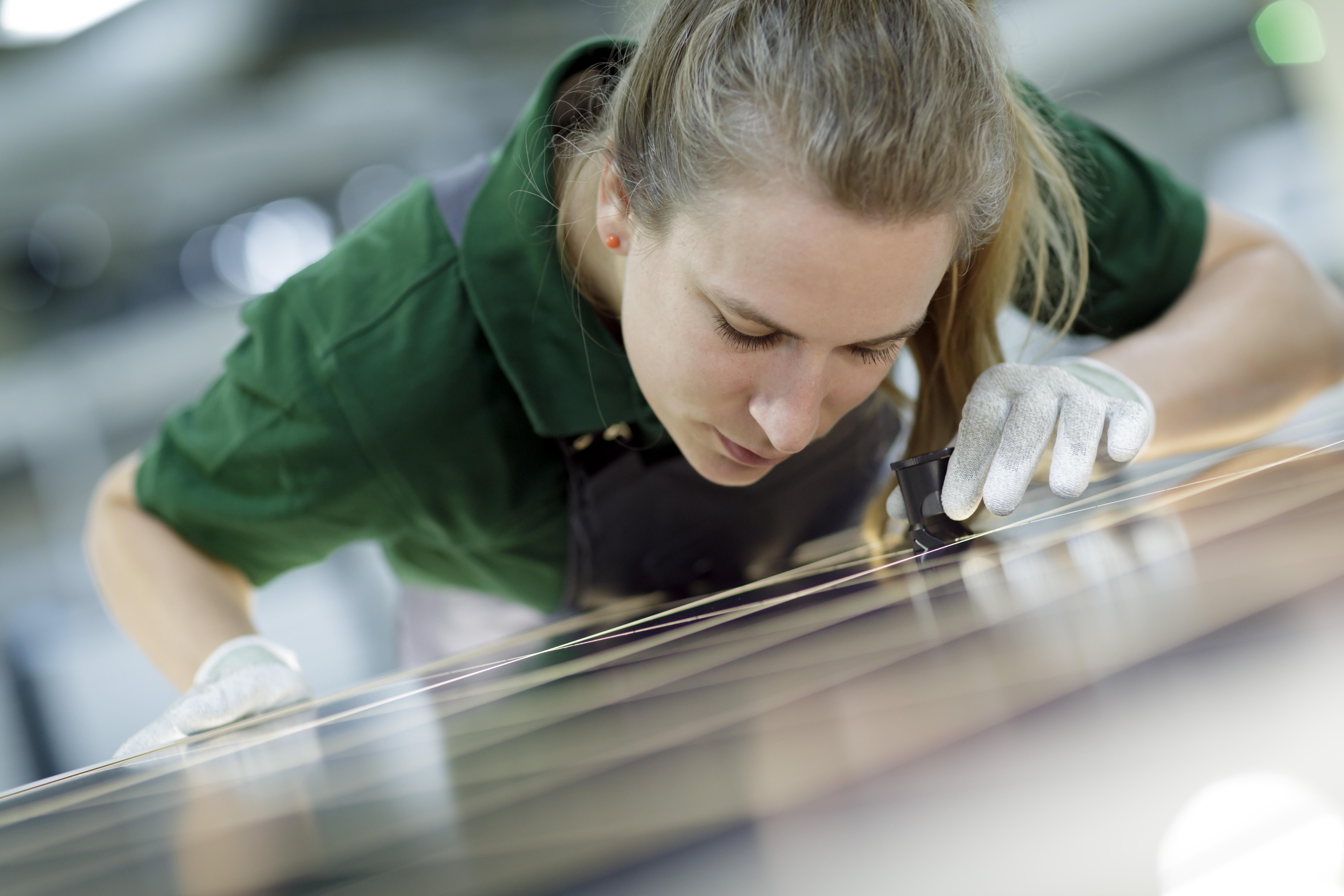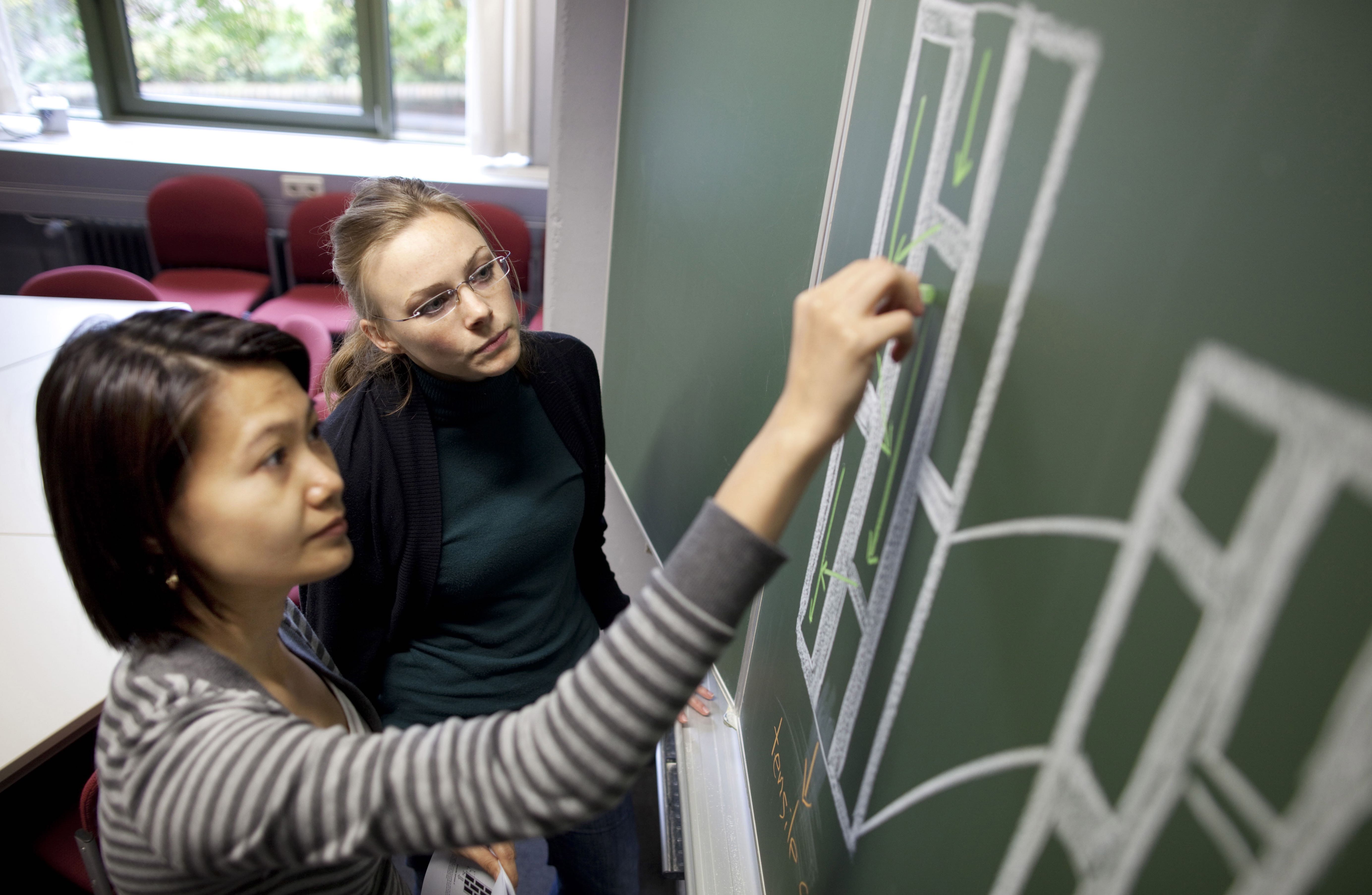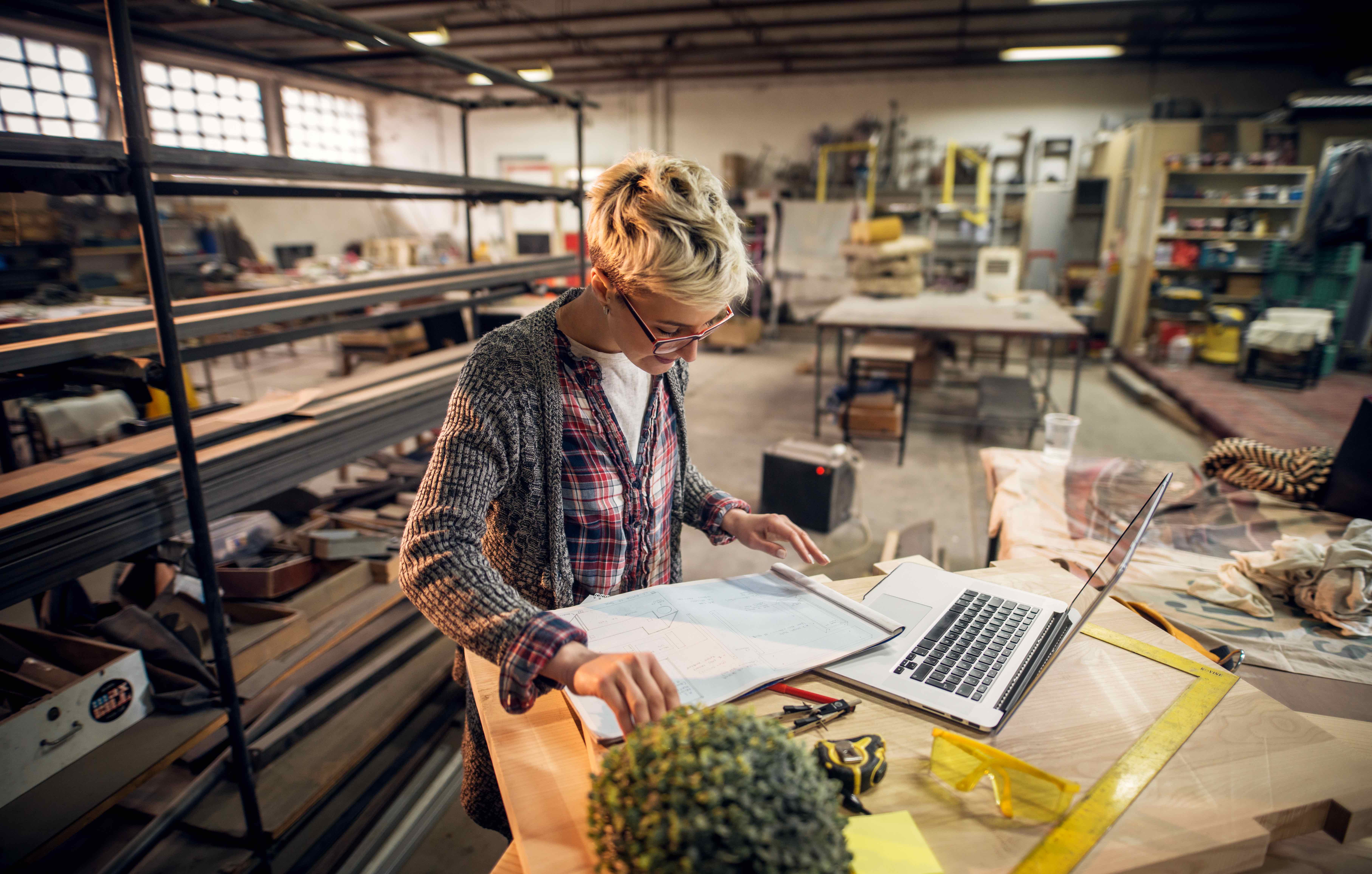
Engineering gender equality

Women are under-represented in areas of engineering due to lack of role models and lack of other women - but how do we change that?
Published 14 March 2018
Quality is enhanced by diversity. This is also true for engineering.
Actually, I would argue that it is particularly important for engineering. The purpose of engineering, as intrinsically a service profession, is to benefit society. Engineers do this by designing, building, operating and maintaining the artificial. To achieve this effectively, the makeup of the engineering workforce must reflect the society it seeks to serve.

This is not currently the case, nor has it ever been. Our technologies are largely designed by men, for men.
For example, when the automobile industry was developing in the early part of the last century, there were two options for the power plant - electric or petrol. The electric engine was more efficient for short trips, the petrol engine for long trips. Women wanted motor cars to assist with domestic duties. Men wanted weekend drives in the country. At that time, most middle class families could only afford one car, so they had to make a choice, and that is why we ended up with petrol engines.
Now to the magnitude of the problem.

I recently reviewed the books in my personal library. There are only two books that are authored (actually co-authored) by women and they are both on engineering education. I do not have a single technical book on my shelves that was written by a woman.
The absolute number of domestic Australian female engineering bachelor graduates has increased over the last decade by 32 per cent. However, the number of male graduates has increased by 34 per cent – the number of male graduates is increasing faster than the number of female graduates. That mean the proportion of female domestic engineering graduates has actually declined over the last decade, although there is significant variation between universities. In Australia, a little over 14 per cent of engineering graduates are female.
Now we are not alone in this – it is a problem that is particularly prevalent in the Anglophone world. Our numbers in Australia are essentially similar to those in New Zealand, Britain, Canada and the US. However, equality is possible: MIT enrolls 500 brilliant men and 500 brilliant women each year.
The problem doesn’t lie in the pipeline of prospective students, contrary to common belief. A recent report has shown that Year 12 participation in Australia in Intermediate Mathematics is around 20 per cent for boys while for girls it is around 18 per cent. This suggests that the pipeline for girls into engineering isn’t too dissimilar to that for boys, yet girls don’t go on to choose engineering at the same rate. Other reports show similar trends.

The problem is also neither one of success nor retention.
The aggregated data for Australian engineering schools shows that women have a higher success rate, a higher institutional retention rate, and a higher engineering retention rate than men for both commencing students and continuing students. The impact of better female outcomes is that there is a greater proportion of female graduates than there are enrolling students.
While these somewhat depressing numbers indicate that we have a problem in engineering, we only have a problem in some disciplines of engineering. It is common that female enrolments very much depend on the sub-discipline.

For example, female enrolments in Chemical Engineering and Environmental Engineering typically exceed 40 per cent and enrolments in Biomedical Engineering approach, and can sometimes exceed, 50 per cent.
In contrast, female enrolments in Civil and Electrical Engineering are typically at the average, while Mechanical and Computer Engineering are well below the average.
The problem is therefore not recruiting female students into engineering generally, but recruiting women into certain disciplines of engineering. Some of the reasons for these substantial differences by discipline may be the curriculum, the pedagogy, the lack of role models and the lack of other women.
We also have to change the way we sell engineering to prospective students. We typically encourage students who are good at maths and science to do engineering, as if that is sufficient reason. To encourage girls, we use photographs of women in pink hard hats.
Seriously.
What we need to say, to girls and to boys, is that engineers change the world and have interesting careers. If you want to have an impact on the big issues of our time, such as food security, energy security or water security in the Anthropocene, then do engineering. Ability in maths and science is just the prerequisite, not the reason.

The engineering profession knows it has a long way to go. We lag behind law and medicine, perhaps by 30 years. But if those professions can change and achieve parity, then so can we. The good news is that the engineering profession is very much aware of the problem and is committed to doing something about it.
Major gender equity programs have been instituted by both our professional bodies, the Academy of Technological Sciences and Engineering, and Engineers Australia; as well as the firms that are major employees of engineers, such as Rio Tinto, GHD and Arup; and industry associations including the Australian Power Institute and the Australian Petroleum Production and Exploration Association.
We know that there is a long way to go and we also know that there is no single, silver bullet that we can fire that will bring about the transformation we want.
Cultural change is never easy. This change will require many simultaneous actions and a sustained, coordinated effort by many people. And here at the University of Melbourne, the Melbourne School of Engineering is committed to change and committed to leading the change.
Banner: Getty Images
